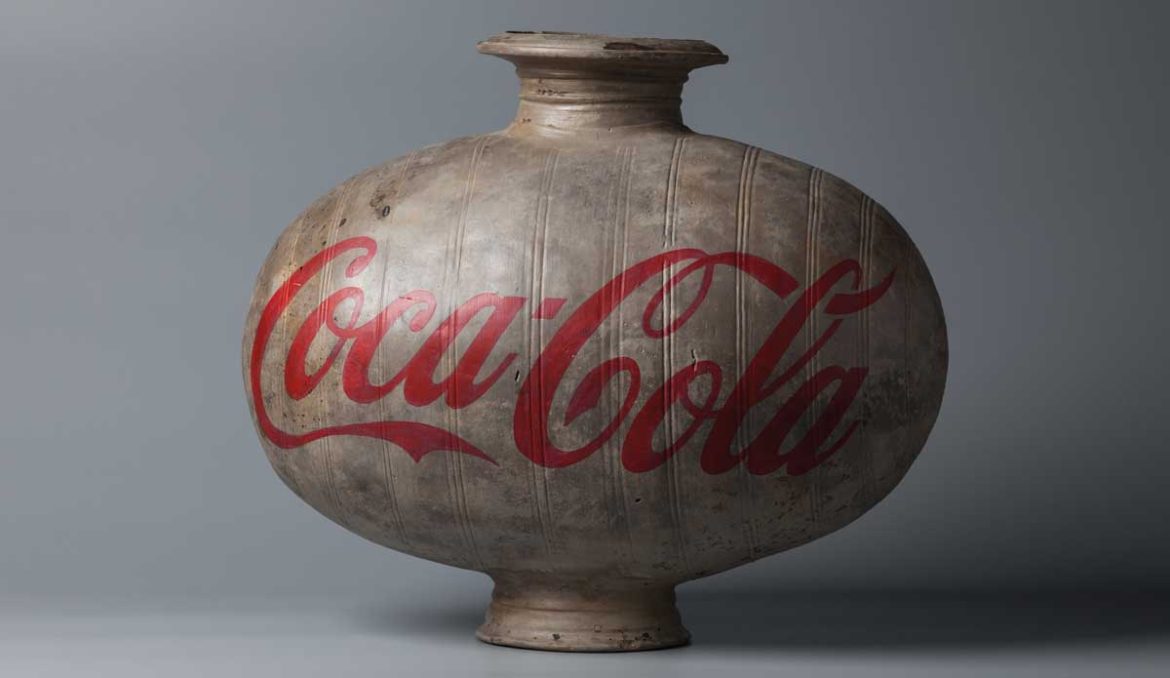Ai Weiwei challenges our perception of truth through the juxtaposition of his own work with ancient objects in The Liberty of Doubt, launching this month
Words by Alex Fice
Defining the status of objects within the realm of art has always been a sticky subject. From Marcel Duchamp’s upturned urinal, to Tracey Emin’s unmade bed, many scoff at the idea that regular objects can ever be considered art, in the ‘true’ and ‘proper’ sense. Ai Weiwei’s latest exhibition at Kettle’s Yard, The Liberty of Doubt, shines new light on the debate by exploring the contrasting attitudes of China and the West towards truth, authenticity and value.
In a first for the artist, the installation juxtaposes 13 of his artworks alongside 14 historic Chinese objects he bought at a Cambridge auction in 2020. It seems fitting, therefore, that the works are on display at Kettle’s Yard, where the interaction between objects and art in the main house generates new associations and interpretations for every visitor.
“If we explore not only the visuals of an artwork, but also the context around its existence and presentation, we discover other layers of meaning – deepening our understanding of what we are encountering in the gallery,” comments Andrew Nairne, director of Kettle’s Yard. “Ai Weiwei suggests that the meaning of an artwork is never ‘fixed’, but part of a continuing dialogue, and subject to a specific context in which the viewer is also a vital participant.”
The ancient objects on display provide meaningful context to Ai Weiwei’s own work. By placing two similar, but ultimately different objects next to each other, the artist establishes a visual distinction between them, allowing an electric current of enlightenment to flow. This concept is seen in action in the curation of Ai Weiwei’s Han Dynasty Urn with Coca Cola Logo (2014), next to an original vase from the Han dynasty. It’s also apparent in the positioning of Surveillance Camera with Plinth (2014) next to a Chinese pedestal oil lamp, whose form is directly echoed in Ai Weiwei’s piece on social oversight in China.
The contrast of historical objects with modern-made artworks – essentially copies of the original – also raises interesting questions of authenticity and value. Interestingly, in Chinese culture, unlike in the West, imitation is widely regarded as an art in and of itself. Even counterfeit items can be regarded as ‘true’ works of art. According to Ai Weiwei, this is because the Chinese notion of truth is rooted in nature – something that is not absolute, nor fixed.
“That’s why reinterpretation, re-rendering and recreation of artworks through personal reflections are valued more in the common perception than artworks which are deemed absolutely ‘true’ or ‘real’,” he writes. “This nuanced and blurred understanding is not only a Chinese state of mind with respect to philosophical approaches including modern aesthetics and ethics, but also what distinguishes China from the West in the matter of politics and social considerations.”
Understanding this provides a basis from which we might approach Ai Weiwei’s stance as an artist and activist towards the current political and social situation in China. This is explored in the films Coronation (2020) and Cockroach (2020), which will be screened on each day of the exhibition’s run. The films give an insight into life in Wuhan during the first lockdown of the pandemic, and reveal the desperate situation of the Hong Kong student protests in 2019, respectively, thus exposing the darker side to China’s flexible approach to the truth.
The Liberty of Doubt is free to visit, and runs from 12 February until 19 June. For more information, please visit Kettle’s Yard’s website.

